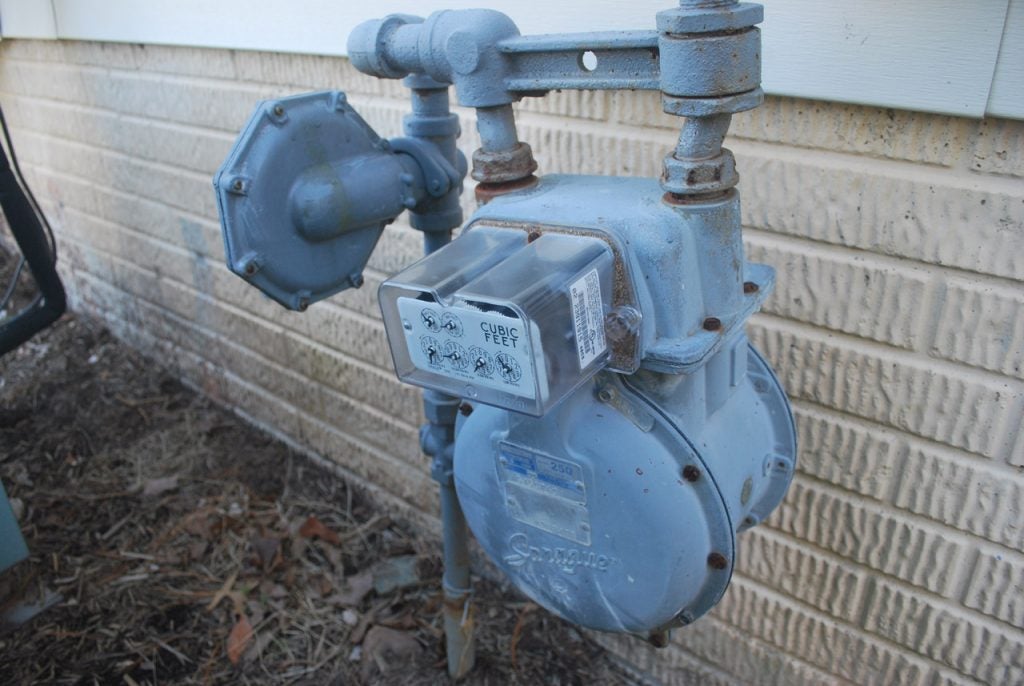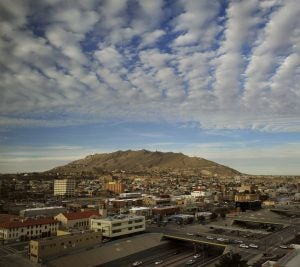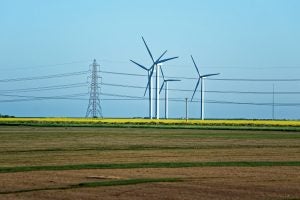 New York is a national leader on energy and climate. The state’s Clean Energy Standard provides that half its electricity will come from renewables by 2030. The state has also committed to reduce greenhouse gas emissions 80% below 2005 levels by 2050. Governor Andrew Cuomo’s new plan to reduce methane pollution directs state agencies to develop policies to inventory emissions and identify strategies to reduce them.
New York is a national leader on energy and climate. The state’s Clean Energy Standard provides that half its electricity will come from renewables by 2030. The state has also committed to reduce greenhouse gas emissions 80% below 2005 levels by 2050. Governor Andrew Cuomo’s new plan to reduce methane pollution directs state agencies to develop policies to inventory emissions and identify strategies to reduce them.
These are ambitious goals that require proactive, flexible policies from New York regulators. However, embedded within New York Public Service Commission precedent and policies are preferences for utility decisions weighted in favor of natural gas utilization and infrastructure. These policies risk locking in that infrastructure at the expense of alternatives.
Dusting off old policies
One such policy, in place since 1989, incentivizes utilities that expand gas service into new areas by increasing the rate of shareholder return they’re allowed to earn on these investments. Others put the finger on the scale for increased utility investment in natural gas pipelines and delivery infrastructure. Read More










 As interns at Environmental Defense Fund (EDF), we’ve been tapped as resident experts on surviving on college budgets, social media, and all things Millennial. Research tells us Millennials are
As interns at Environmental Defense Fund (EDF), we’ve been tapped as resident experts on surviving on college budgets, social media, and all things Millennial. Research tells us Millennials are  Resiliency is a hot button word right now. Ten years ago, advocates focused on “adaptation,” or the idea of adapting to the coming effects of climate change. Now the focus is on “resiliency,” the ability to bounce forward – not backward – when something disastrous happens.
Resiliency is a hot button word right now. Ten years ago, advocates focused on “adaptation,” or the idea of adapting to the coming effects of climate change. Now the focus is on “resiliency,” the ability to bounce forward – not backward – when something disastrous happens. By
By 
 Crain’s Cleveland Business first published
Crain’s Cleveland Business first published